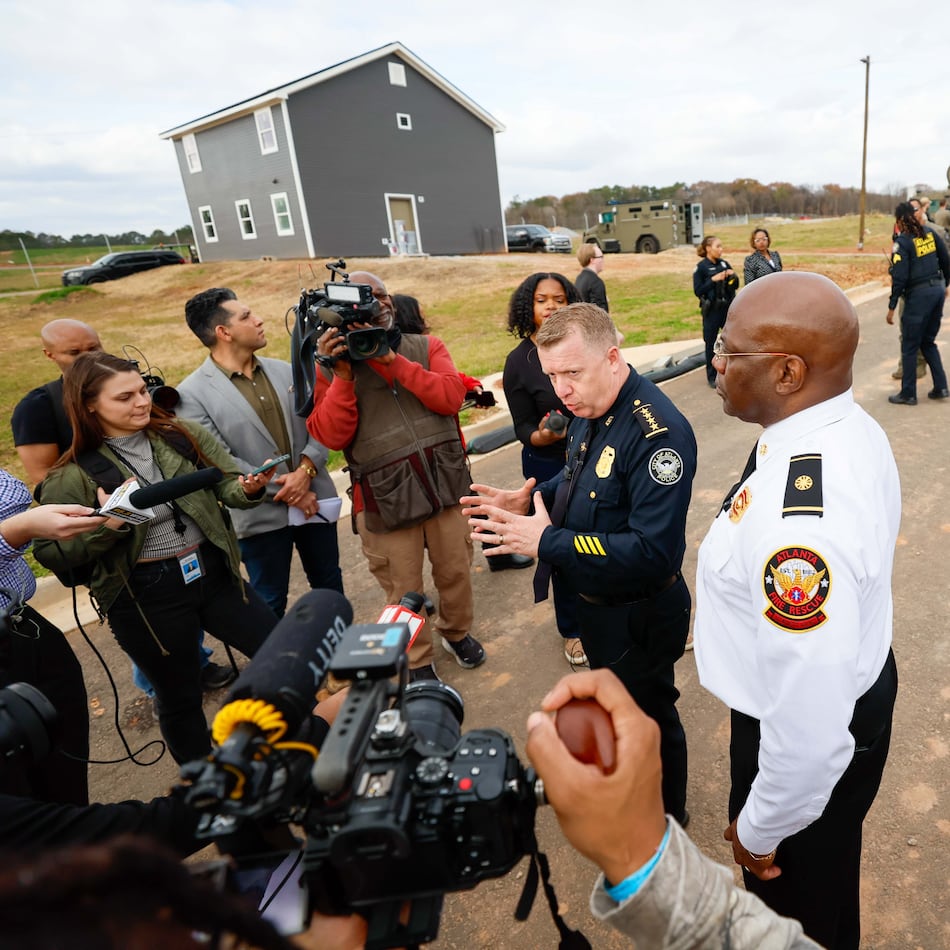The Bart Harvey is just a building, but it rescued Felicity Morrison from a homeless shelter.
Morrison, 63, lived in a Seattle shelter for a year after losing her job and being evicted. It was a place full of unsavory characters and no privacy — a "hell on Earth," Morrison calls it.
A few months back, a counselor learned of The Bart Harvey development, 50 brand new apartments in Seattle for seniors 62 and over who earn half of the area median income, or less. Morrison qualified, and moved into her one-bedroom unit last month.
"My apartment is really beautiful," said Morrison, who receives $1,057 monthly in Social Security and disability payments and pays $270 a month in rent. "I can sit in my living room and see Lake Union. I can see the boats on the water."
Morrison's story stirs emotions. We need more like it.
"Housing affordability is, quite frankly, almost a crisis for many older Americans. It's getting worse over time," said Elinor Ginzler, AARP's housing expert. "Many low-income seniors ... find themselves in a position where they can't afford a fair market rent and are closed out of waiting lists for subsidized rentals."
Along with health care, housing availability for the nation's poorest seniors is the most important issue facing our growing older population. A Congressional report done earlier this decade by a commission on affordable housing and health needs for seniors said one in six people will be age 65 or older in 2020. Today, the ratio is one in 12.
Demand for government-subsidized rental properties for seniors far outweighs current and planned future supply: Many existing buildings desperately require updating. Hundreds of units are lost when buildings that were once financed under Housing and Urban Development Department programs become obsolete or are sold.
Despite efforts of nonprofit groups and developers, new construction isn't keeping pace with demand, especially during a recession, where financing is hard to get.
The low-income senior population lives mostly on fixed incomes from Social Security. Two in five households 65 or older earn less than half of the national median income, and about one in 10 household heads in that age group live in poverty, according to Census data.
Government support comes from several sources, including tax credits for investors in affordable housing, and the Section 202 program that provides grants and rental help through nonprofit sponsors of low-income senior housing projects.
Section 202, the only affordable housing program dedicated only to seniors, currently has about 250,000 units, said Brian Sullivan, a HUD spokesman. Meanwhile, local housing authorities administer millions of rental units for the nation's poor, regardless of age.
Waiting lists can be a year or longer for affordable rental units. On average, nine people are on the waiting list for each existing Section 202 unit, said Tom Slemmer, president of National Church Residences, a nonprofit that provides 25,000 affordable units for seniors whose average age is 80 and average yearly income is $10,100.
Housing costs are a heavy burden. About a third of renters 65 and over spend half their income — or more — on rent and utilities. Balanced with the cost of health care, medicine and food, this group fights to survive on a monthly basis.
As the senior population grows, where are they going to live? By the year 2020, 730,000 additional rent-assisted units will be needed for senior households age 65 and older who have problems paying for housing, according to the Congressional report.
That amount is daunting, considering an average of 3,000 to 4,500 new Section 202 units are approved per year, said Nancy Libson, director of housing policy for American Association of Homes and Services for the Aging.
A primary issue, as always, is money. For the Section 202 program, the House has proposed $1 billion in the 2010 budget, while a Senate committee is seeking $785 million. Those totals have remained relatively flat for about eight years, Libson said.
"The Section 202 program is a terrific program that is tiny compared to the demand for it," said Linda Couch, deputy director of the National Low Income Housing Coalition.
Couch said efforts must be made to preserve and renovate the existing stock of affordable senior housing, adding energy efficiency and universal design concepts in the process. Renovating an existing building usually costs less than constructing a brand new building.
As critical, essential services such as health care and transportation must be made available to seniors who are living independently, to let them age in place and avoid having them "institutionalized" in a nursing home.
The ongoing credit crunch has clearly affected developers of low-income senior housing, partly because tax credits that serve as incentives for investors in affordable housing have not been attractive enough to spur construction. Slemmer said a few National Church Residences projects have been delayed due to financing problems, though none have been canceled.
Still, National Church Residences has been able to rehabilitate some Section 202 projects, including a $13.2 million renovation of a 150-unit building in Sandusky, Ohio, paid for by a combination of tax credits, grants and other sources. The renovation included asbestos removal, energy efficiency improvements, and new kitchen appliances, Slemmer said.
Back in Seattle, all 50 units at The Bart Harvey are expected to be filled, including at least 10 for the previously homeless, said Sharon Lee, executive director of the Low Income Housing Institute, which developed and operates the building.
Residents there pay no more than 30 percent of their income for rent and utilities, with rents averaging between $150 and $250 per month.
With dual flush toilets, carpet and tiles made of recycled materials, and other "green" building approaches, The Bart Harvey is one success story in a landscape desperate for many more.
___
Write to Adrian Sainz at asainz(at)ap.org
Copyright 2009 The Associated Press.
About the Author
Featured
